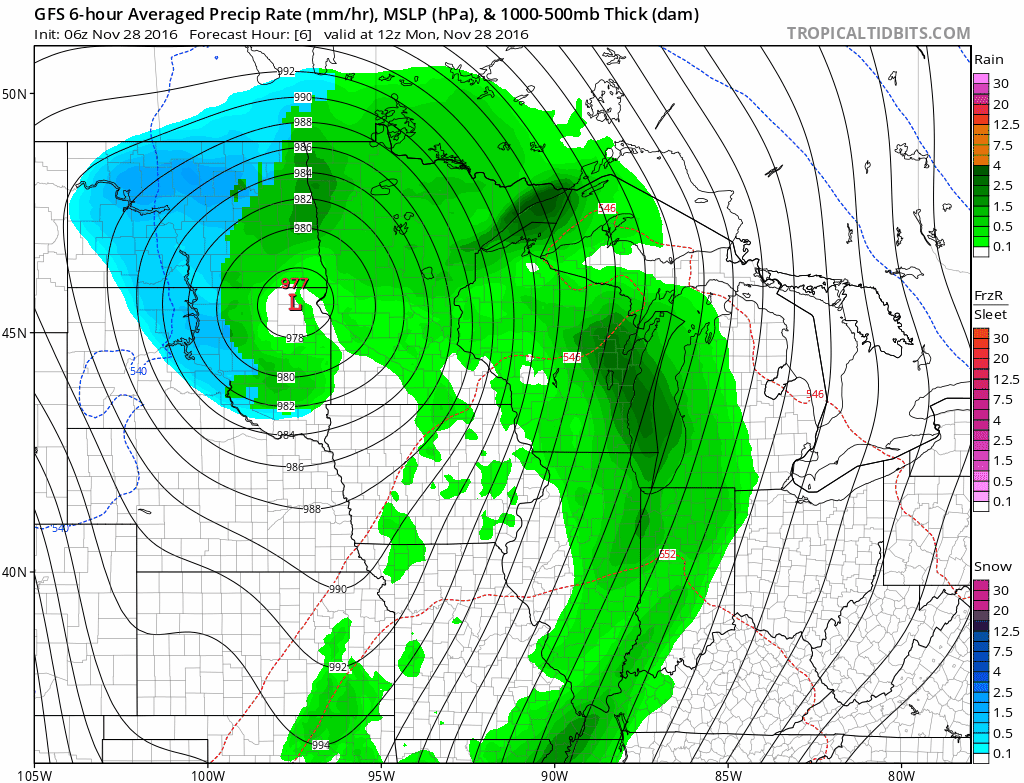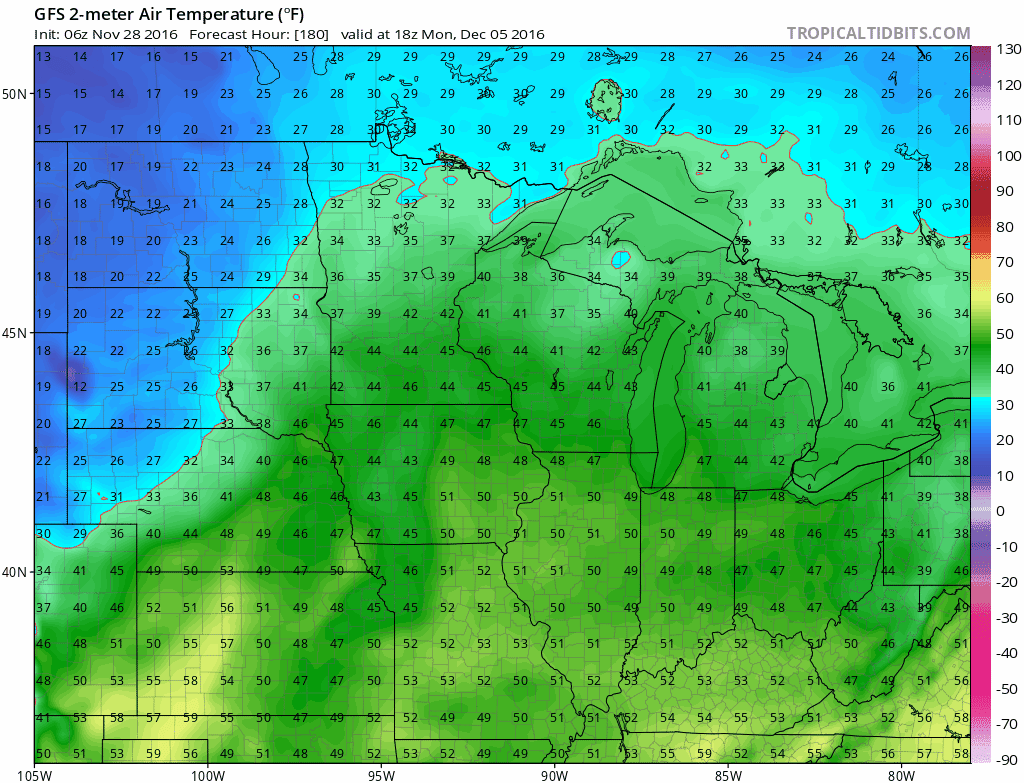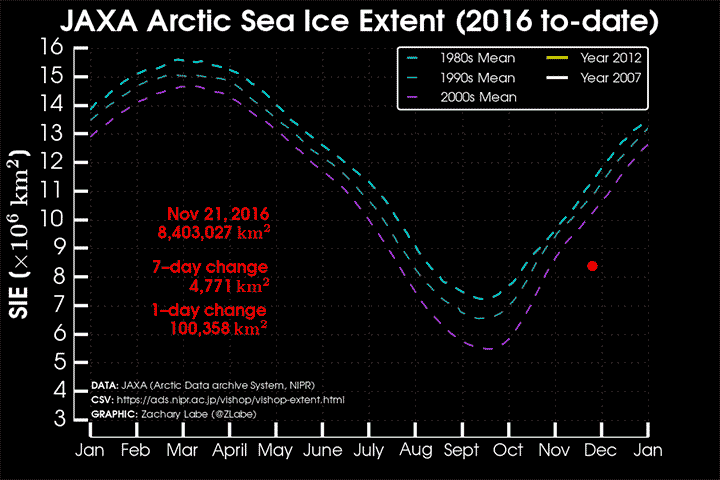Balmy Monday, 2nd warmest November on record
Balmy winds whistle through the Weather Lab windows. The thermometer reads 52 degrees, that's typical for this time of the morning...on September 16th.
What little snow cover remained this morning screamed like the Wicked Witch of the West.
Swirling low pressure
Our balmy November continues early this week. Minnesota rides the warm side of a tightly wrapped low pressure system swirling north. It's warm enough for mostly rain in Minnesota, snow in the Dakotas. The low stalls and swirls overhead through midweek.
Create a More Connected Minnesota
MPR News is your trusted resource for the news you need. With your support, MPR News brings accessible, courageous journalism and authentic conversation to everyone - free of paywalls and barriers. Your gift makes a difference.

Snowfall is light this week, and mostly confined to western Minnesota. A few flakes may mix into the metro by Wednesday, but I don't see any significant snow this week. Temperatures gradually fall to more seasonal levels in the 30s by week's end.

2nd warmest November on record
If November ended today it would be the 2nd warmest November on record. Through Sunday the average temperatures at MSP is 44.5 degrees. That's good enough for the #2 spot on the all time warmest Novembers list dating back to 1872.

Authentic December cold front next week
The coldest front of the season is showing up on the maps for next week. This one should finally drive some colder than average air into Minnesota. The upper air maps buckle and drive colder air south into the central USA next week.

Highs in the teens next week look likely in the metro, with sub-zero lows possible up north.

I don't see any major snows in sight again, but a couple of light snow events could coat the ground once again. Consistetly sub-freezing temps should begin to ice up Minnesota's lakes next week.

Unreal Arctic warmth continues
There are signs that the Arctic may finally cool off in the next week. But the crazy November warmth continues for now across the Arctic Ocean, through central Canada southward to Minnesota. Bitter cold in Siberia is starting to work its way around into Alaska. Here's the forecast this week from the University of Maine's Climate Reanalyzer project.

The warmth in the Arctic has been off the charts this month. Sea ice continues to run in uncharted territory.

The oddness continued into November. A large area of the Arctic saw temperatures as much as 36°F above normal, further slowing Arctic sea ice growth and even turning it around for a few days. In other words, it was so warm in the Arctic that despite the lack of sunlight, sea ice actually disappeared.
“The ridiculously warm temperatures in the Arctic during October and November this year are off the charts over our 68 years of measurements,” Jennifer Francis, a climate scientist at Rutgers University who studies the Arctic, said.
Compounding the warm air is warm water. Sea surface temperatures on the edge of the ice are also running well above normal in many places, further inhibiting sea ice growth.
As a footnote, Antarctic sea ice is also record low, making for a really dire global sea ice graph. The two regions’ current conundrums aren’t connected, and researchers are still trying to untangle what’s happening there. But in the Arctic, a number of factors — both driven by climate change and weather patterns — are to blame for this year’s bizarre sea ice situation.
Arctic Ocean sea life changing as climate warms
Algae blooms and a changing menu for feeders in the Arctic Ocean? It makes sense as the Arctic Ocean warms.

This piece from the New York Times caught my eye.
The Arctic Ocean may seem remote and forbidding, but to birds, whales and other animals, it’s a top-notch dining destination.
“It’s a great place to get food in the summertime, so animals are flying or swimming thousands of miles to get there,” said Kevin R. Arrigo, a biological oceanographer at Stanford University.
But the menu is changing. Confirming earlier research, scientists reported Wednesday that global warming is altering the ecology of the Arctic Ocean on a huge scale.
The annual production of algae, the base of the food web, increased an estimated 47 percent between 1997 and 2015, and the ocean is greening up much earlier each year.
These changes are likely to have a profound impact for animals further up the food chain, such as birds, seals, polar bears and whales. But scientists still don’t know enough about the biology of the Arctic Ocean to predict what the ecosystem will look like in decades to come.